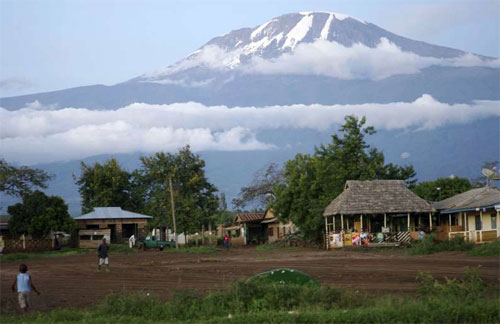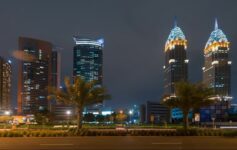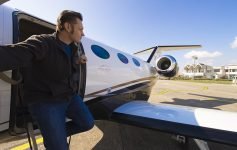Africa isn’t all just sun, sand and cityscapes. If you’re up for more of a challenge, something a bit more rewarding, why not start something that not many have finished by climbing Kilimanjaro. This adventure holiday is the trip of a lifetime.
The climb
There are different routes up the mountain, with carrying grades of difficulty – although none are that easy! The Lemosho Route is known for being slightly gentler, the Western Breach is more challenging, the Rongai Route is less-trodden (passing the Mawenzi Volcano), and the Machame Route is said to have the best of the views. A slow climb is necessary, not just to appreciate the views but to acclimatise to the changing altitude!
The trek will take six days and every minute of toil will be worth it for the views on the way and at the summit. You’ll start in tropical rainforest and ascend through alpine desert up to the glaciers that cover ‘The Roof of Africa.’

What you’ll need
You don’t need to be an experienced climber to do this trek but having the right equipment does help. You can choose to have a personal porter to carry your day bag and some companies will even provide accessories such as hot water bottles and solar chargers for your camera and electronic equipment.
As you ascend, it will get chilly, especially at night. A three-season sleeping bag is probably the most practical, offering a compromise between warmth and cost. Alternatively, you could bring a two-season bag plus a thermal fleecy liner. Taking a sleeping mat is also a good idea if you’re going to be camping rather than bedding down in huts.
Operators suggest climbers drink three litres of water per day. You’ll need to ensure your water bottle is thermally protected to stop it freezing on the summit. Unless you’ve got an extra porter to carry drinking water, you’ll need to take something with you to sterilize the mountain water. Try iodine tablets or a Steripen.
A head torch is another thing you shouldn’t leave home without. It’ll come in particularly handy on the final ascent in darkness to the summit, when you’ll be so cold you’ll want your hands to stay deep inside your pockets! Strong sunscreen, towel, toilet paper, sunglasses and small change for tips are also all essential.
Sleeping en-route
Climbing Kilimanjaro doesn’t have to mean roughing it and there are much more comfortable options if you want them. While you’ll spend many nights in a cosy dome tent, your nightly camp will be prepared in advance of your arrival by your friendly porters.
There’s a hotel at 5,000 feet which will be happy to deliver piping hot showers. The exercise and the altitude means you’ll need to be sinking around 4,000 calories a day, so food gets pretty important!


